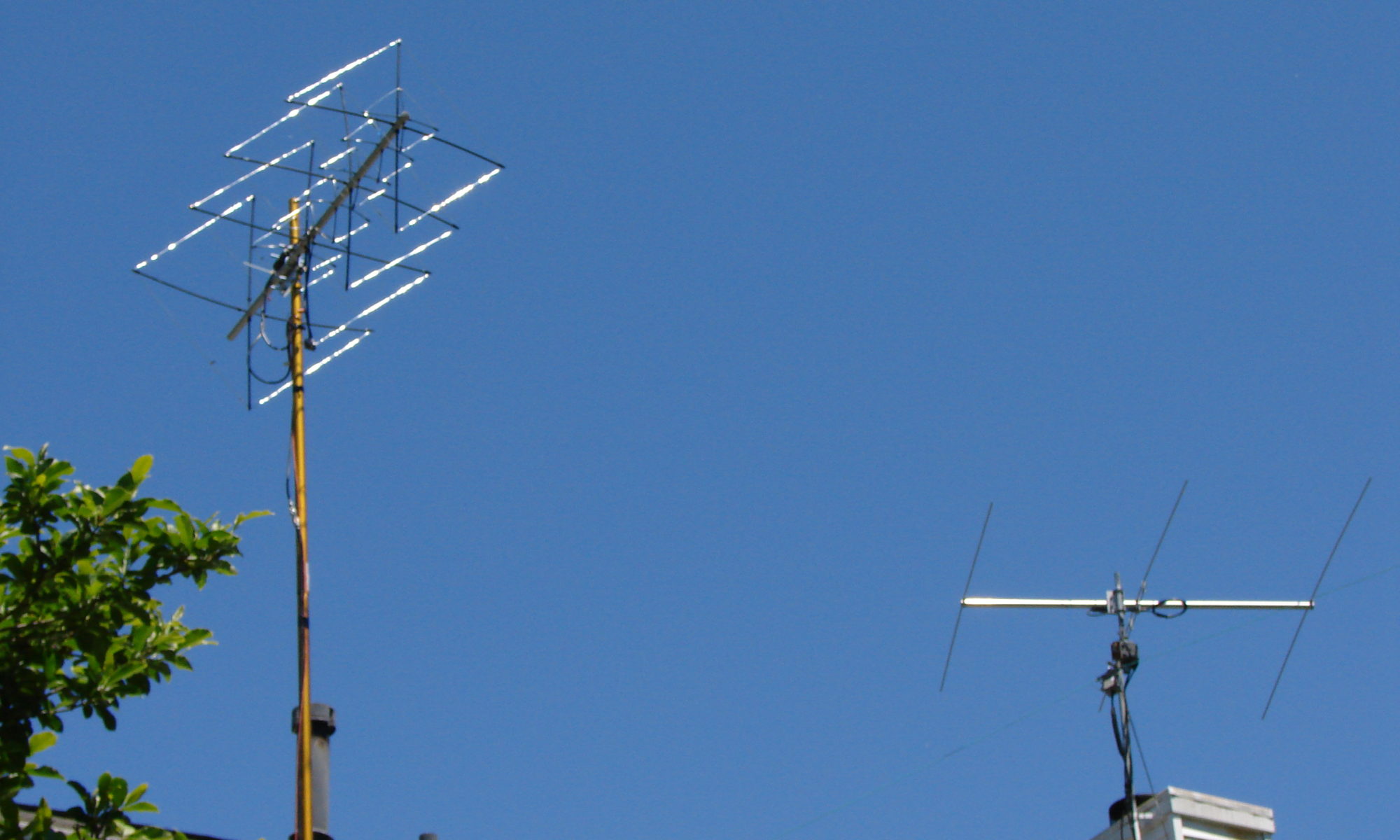A summary of radiosport topics for the casual contester
February begins the annual cycle of one of the most popular activities in amateur radio. Every state and many Canadian provinces take part in QSO parties, where the goal is to make contacts within the state or states sponsoring the event. It’s a great activity both to get your contesting fix and to work on operating awards like Worked All States or various county awards, or to pick up states on bands that you need for 5-Band WAS.
Hams in the state sponsoring the party can work other hams in their own state or elsewhere for QSO credit, but hams outside the state typically only get credit for contacts with that state (there are a few exceptions, like Maine, that allow credit for all QSOs). Multipliers are counties (parishes in Louisiana), plus states/provinces/countries for stations in the party state.
February begins with QSO parties in Minnesota, Vermont and British Columbia, and ends with the South Carolina and North Carolina QSO parties on the last Saturday and Sunday, respectively.
Log deadlines vary from a week to a month after, so check the rules and be sure to submit a log.
Again, for the third year, the State QSO Party Challenge is on. You get points for each QSO made, multiplied by the number of QSO parties you’ve entered. Scores are tabulated when you post your score to 3830scores.com. It’s an encouragement to get on the air for as many as you can.
The major contest this month is the ARRL International DX Contest. The CW running is February 19 and 20. The SSB version happens the first weekend in March. The US becomes the “DX”, and the world wants to work us. It’s a good opportunity to increase your DXCC count or work a new band-country. After the frenzy of Friday night and Saturday dies down, little pistols will have lots of fun on Sunday as the big DX stations dig for “fresh meat”.
Also in February is the twice-yearly School Club Roundup, where school and college clubs make a week of it, working as many stations as they can. Get on the air and hand out a few QSOs to younger hams to encourage them to get and stay active in amateur radio. It takes place during the week, February 14-18, and you’ll find most activity in the afternoon and evening hours.
A contesting tip
Slow down to make more QSOs! It sounds counterintuitive, but if you are a high-speed CW op, running at 35-40 wpm can intimidate newer CW operators and those who haven’t reached your proficiency level. If you’re making lots of QSOs with your 40wpm run, keep going, but when things get quiet, slow down to 20-25 wpm to encourage slower ops to call. Try calling up higher in the CW portion of the band to look for or work slower stations.
Calendar
All dates are UTC, which means that some events take place the prior evening in North America.
- Feb. 5-6: Vermont QSO Party and British Columbia QSO Party
- Feb. 5: Minnesota QSO Party
- Feb. 9: NAQCC QRP sprint
- Feb. 14-18: School Club Roundup
- Feb. 19-20: ARRL International DX Contest, CW
- Feb. 25-27: CQ 160-Meter Contest, SSB
- Feb. 26: South Carolina QSO Party
- Feb. 27: North Carolina QSO Party
- Every Tuesday: Phone Fray, 30 minute SSB quickie
- Every Wednesday: CWops Mini-CWT, four one-hour CW sprints throughout the day
- Every Friday and Sunday: K1USN CW Slow Speed Tests – speeds max out at 20 wpm
There are dozens more smaller contests each month. Check WA7BNM’s Contest Calendar for a complete listing.
